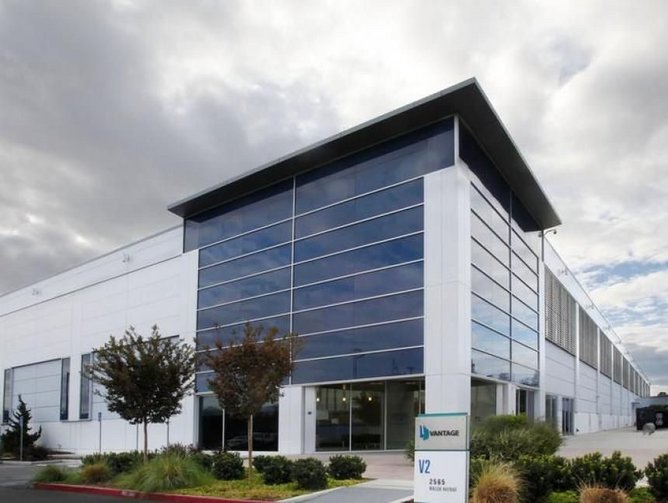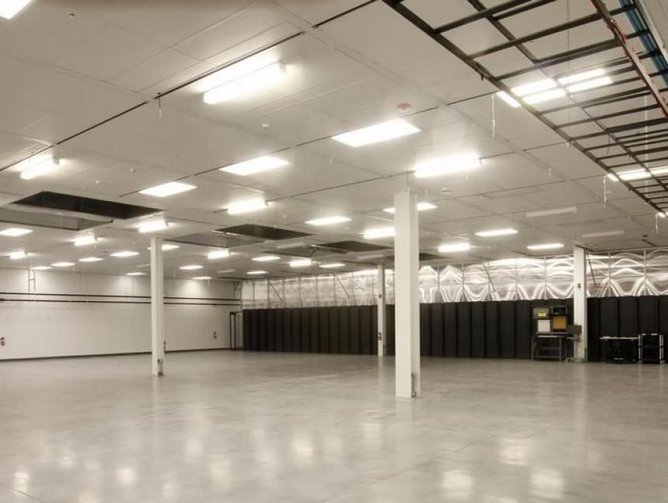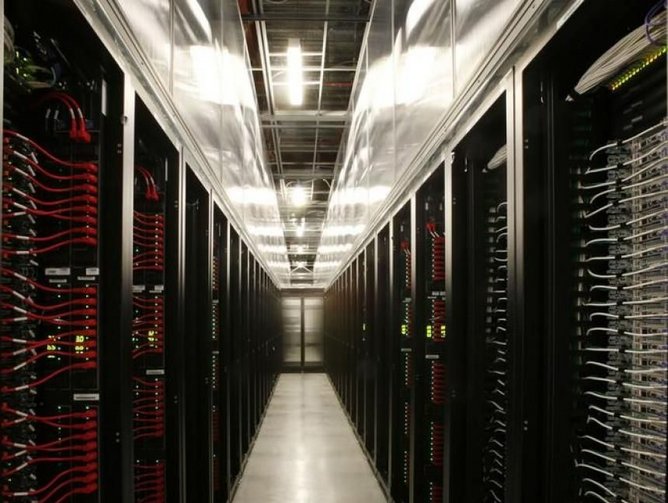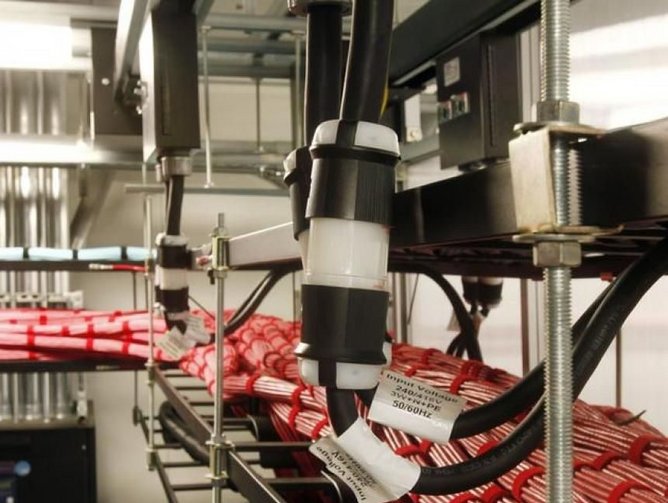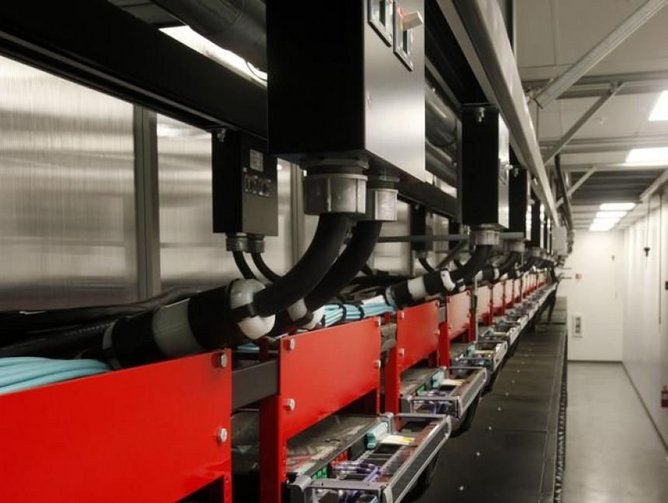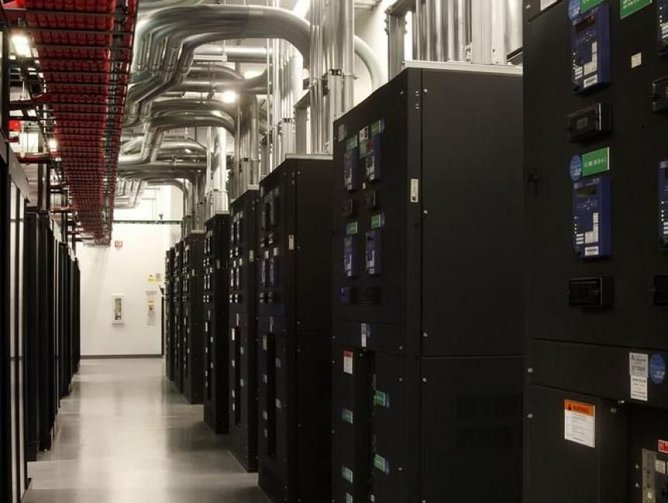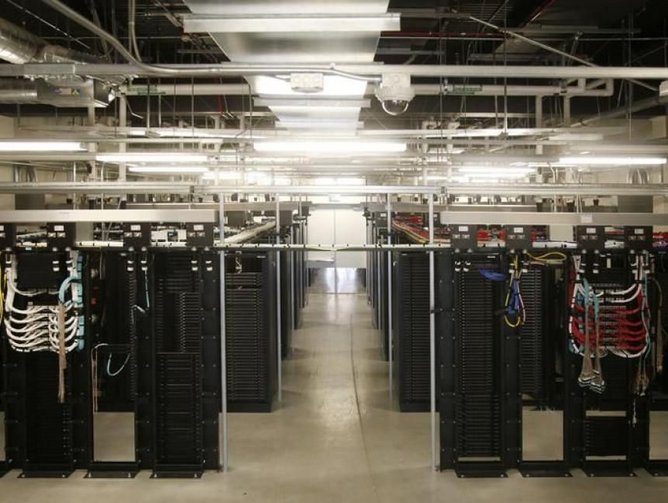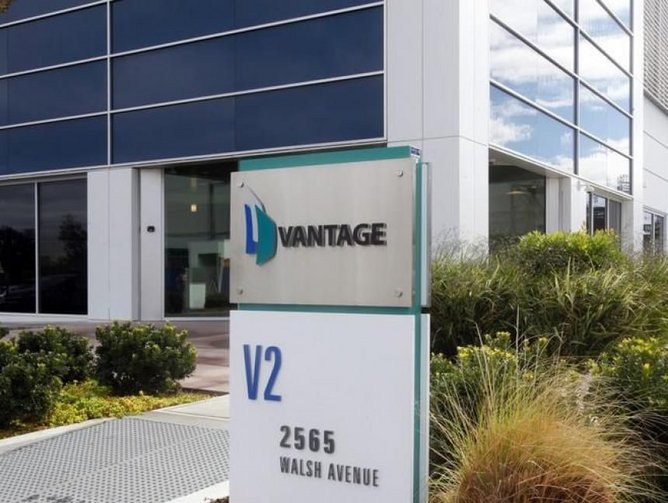The tremendous growth of leading data center provider Vantage
The data center market is one of the most competitive in the world. Yet in the face of this, Vantage is experiencing astronomical sales, becoming an industry leader with clients who are on the Fortune 100 list of the biggest companies in the US.
Since it was founded in 2010, Vantage has undergone a dramatic revamp. With campuses in Silicon Valley and Washington and several more in development, it's expanding extremely fast.
Sales have rocketed in the last few years, so to meet this ever increasing demand three new data modules were added to the V1 building in Santa Clara in 2014. Currently it operates five wholesale data center facilities: four in Santa Clara, in the heart of the Silicon Valley which is one of the top data center markets in the world, and one in Quincy, Washington, known for being home to data facilities owned by Microsoft, Dell and Yahoo. Vantage is currently in the process of a monumental construction program.
The non-stop construction project
Director of Construction Spencer Myers is in charge of budgeting, scheduling, hiring the construction teams and generally managing the overall building program by keeping stakeholders and management informed along the way. He stepped up to the role after being the company's senior project construction manager, prior to which he spent 14 years as senior project manager at engineering consultancy firm Alfa Tech.
Two new facilities are in development on its existing Santa Clara campus, which will deliver an additional 24MW of capacity, bringing the total capacity of the campus to 75MW. V6 began construction in October last year, and it's estimated it will be up and ready in the summer of 2017 with another 9MW over two stories. V5 begins construction this month, bringing 15MW of new capacity in a four story building when it's finished in 2018.
While the internal construction team has around a dozen people, there can be up to 250 people working on the project each day once construction has commenced. As Myers explains, "we've had to find ways to duplicate ourselves or delegate responsibilities by adding more project team members, more construction team members, and basically aligning ourselves with more partners so we could still get the work done within the necessary timeline. We had a zero to 60 ramp up speed when all of a sudden everything had to get done. We hired a bunch of people to leverage their skills and resources to allow us to do that."
The building designs are flexible, making it possible for them to handle different rack heights, room configurations, power redundancies, cooling strategies and more. The two new buildings will deliver raised floors (V5) and slabs on grade data modules (V6) that allow for highly variable layouts and configurations to meet any specific customer needs.
Additionally, the buildings are designed to be as energy-efficient as possible. In the case of the Silicon Valley campus, it abides strictly by California's Title 24, which states that buildings must keep their impact on the environment to a minimum. As Justin Thomas, Vice President of Design Engineering and Construction says, "wasted energy is wasted dollars".
Thomas is in charge of the data center building projects for both campuses. He also oversees all planning and design for expanding into new markets, coordinating with sales, understanding customer requirements, and translating these plans into physical, deliverable products.
In his current role he has helped the facilities achieve lower PUEs (Power Utilization Efficiencies) than many other data center providers in the region. The PUE is the multiplier of energy that goes above what is used to power the computer racks such as cooling, lights, and security cameras. "We try to be very cognizant of the design, especially on the mechanical side," Thomas explains. "Mechanically there are a lot of different technologies you can use to drive it down. We try to be an industry leader in terms of the wholesale side, and having our PUE down in the 1.2 to 1.3 range."
All the keys to success
While the architecture and design of the facilities are integral to its success, having an expert workforce plays a big role in it too.
Three years ago Vantage moved most of its operations in-house. This was possible thanks to having highly skilled on-site engineers. Staff regularly attend external courses to add to their skills and take part in in-house training programs. Vantage has also produced a library of training videos in areas like software, safety and arc flash prevention.
This has the added effect of keeping employees motivated. Chief Operating Officer Chris Yetman is largely behind this culture. He brought to his role a wealth of expertise, having spent almost 20 years leading operations in the internet infrastructure industry, including spells as Vice President of worldwide Infrastructure Operations at Amazon, and as Senior Vice President of Process and Technology at Integra.
It also means problems can be solved more efficiently. "We repair things faster since we're not waiting for callouts, and usually at a lower cost because we're not paying overhead for another company," Yetman says. "So with that in mind we know that well-trained facilities engineers become a huge plus for us."
This naturally results in an immensely happy workforce. "Employee satisfaction is huge when you actually get to do the job versus being paid to babysit someone else,” Yetman adds. “You also round up your skill set which makes you more marketable.”
This also has a positive effect on the customers. "Happiness is like a cycle," Yetman continues. "If the customers are happy to see you every day and they complement you, you feel better about your work which makes you want to do better for your customers. It becomes this neat virtual cycle where they're very happy about the environment, and employees are happy being here for the same reason."
Overcoming challenges
The biggest challenge now lies in the land. While in Washington it's mostly unencumbered greenfield, in Silicon Valley it's significantly more expensive than elsewhere in the country, partly because most has already been built on. For instance, the second Santa Clara campus was formerly a fruit processing plant, so Vantage is taking it all the way down to the ground and re-building it from scratch.
There are other hurdles too. "Maybe there isn't enough power," Myers explains. "Let's say we identify a property, it can take three to six months just to figure out if it's viable." After that it may be another two years until the facility is ready, factoring in obtaining permits.
Space in Santa Clara may be at a premium, but Vantage is maximizing what's available. "We have to go vertical, so instead of building a single story data center our projects are now four stories high. We're literally going up," Thomas says.
The company has achieved huge levels of success, juggling complicated construction projects while staying ahead of competitors. But there's no letting up as Vantage continues to keep a keen eye on expansion. Beyond all the work already underway, Vantage has also secured land for a completely new second campus in Santa Clara. This project will leverage all of the great work and learning achieved to date as the team brings four additional buildings and another 69MW to the market in the coming years.
